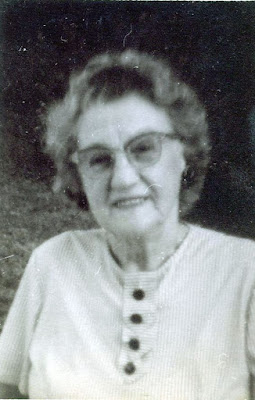I was amazingly organised (well, for me) this year and it has gone much smoother than in previous years. My best tip is to start making lists in October and execute a few items each week.
One thing I like to do is to send a Christmas email to the folks I'm not sending cards. It's not as personal as a card, I know, but I figure if I do a little drawing, it's better than just a few words sent electronically. Several people quite liked this and asked me how I did it.
"Paint" is a programme that comes with Microsoft and I've found it very useful for manipulating and making picture files. You'll have to fiddle with it a bit but my tips are:
I open Paint from the Microsoft symbol at the lower left corner of my computer screen. If you don't see an artist's palette and the word 'Paint', click on All Programs and see if it doesn't come up.
Click on 'Home' to open all the tools: your pens and brushes (I like to use the 'spray can' tool) and your colours. You'll have to click on Home every time you want to do something different. Play with the different options and see what each does. You'll need to hold down the left mouse button while you doodle. The Esc(ape) key gets me out of corners most of the time.
Unless you're very patient or a pretty good computer artist, stick with simple shapes and ideas. I've managed trees, gift boxes, snowmen and candles. I don't mind the child-like character as it make it all the more obvious you did it yourself!
As soon as you get a beginning of anything at all that you like, save the file by clicking on the blue box to the left of 'Home'. If you have a newer version than mine, I can't guarantee it's the same, but I doubt it will be much different. Save the file often, so long as you like what you have. I tend to save mine as JPEG files, as it seems to be more universally accepted than some of the other formats. Save your file often, to make it easier to correct mistakes.
Of course, you will make mistakes. I use the 'eraser' tool a lot! If you want to get rid of a lot of your work, you can use the blue arrow keys at the top to 'undo the last action'.
If you want to add printed text (I find writing with the mouse incredibly difficult), click on the box with the letter A in it. You can choose the colour of your words and the placement of the box with the text in it.
When you're happy with your image, save it to your desktop, or some easily accessible place, and open your email. Mine is Hotmail and it lets me send pictures 'inline' as well as attached. I find picture attachments can be a nuisance, needing to be downloaded and not always allowing me permission to open them. Inline pictures are visible when the email is opened.
Send the email to yourself to make sure it looks as you want it to.
When you're happy with how that works, you can build your list of recipients using 'bcc' - blind carbon copy. That name goes back to the old days when letters were typed on typewriters and copies of the letters were made using sheets of carbon paper between the sheets of typing paper. A carbon copy noted as 'cc' would appear at the bottom with a list of the names of persons receiving the copy and everyone could see who got it. A blind carbon copy was noted as 'bcc' and this was typed only on the copy for the person receiving the bcc and on the file copy that the writer kept for their records. It was all rather complicated for the typist and not very common in the offices I worked.
Bcc is useful on email, however, to send emails to a long list of people without their seeing everyone else's addresses. Send the email to yourself with everyone else's email's entered using bcc and it will be nice and tidy. The downside is not being able to add a personal email to each, but of course that is also an option.
Write your personal email to each person and insert your drawing inline before sending it. Almost as personal as a card sent through the post!
Happy Christmas and Best wishes for 2016!































